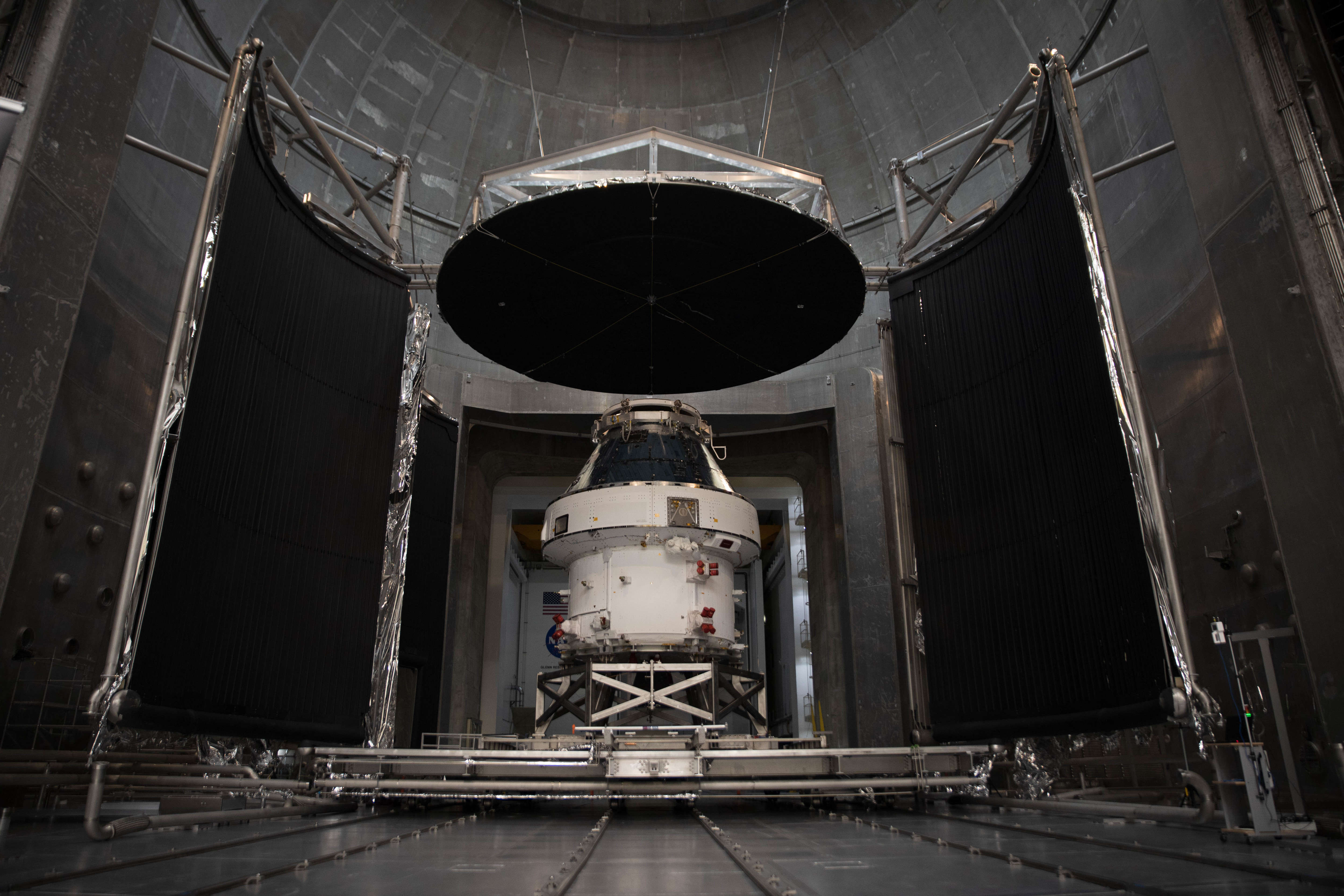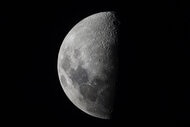Create a free profile to get unlimited access to exclusive videos, sweepstakes, and more!
NASA unveils Artemis program overview, charting course for a new era of Moon exploration

NASA has set its first Artemis test flight for 2021 — an uncrewed mission aimed at checking its vital systems — ahead of its 2024 target date for returning people to the Moon. And according to the space agency's newly-published program outline, it still expects to meet both deadlines.
NASA has just made public its new lunar exploration program overview, which serves as a bird’s-eye survey of both past and upcoming Artemis milestones, as well as the program’s role as an early stepping stone to Mars. The document outlines the timeline for the three planned launches of the conjoined Space Launch System (SLS) rocket and Orion spacecraft that, by the third launch, will put the first woman in history on the lunar surface.
Starting next year, the agency plans to launch Artemis I from Kennedy Space Center in Florida for an uncrewed trip into orbit, in the process testing “performance, life support, and communication capabilities,” according to an accompanying announcement. Assuming that mission goes as planned, it will be followed by Artemis II in 2023, a crewed orbital mission that will serve as “a proximity operations demonstration” in which astronauts will actually pilot the spacecraft.
“This [Artemis II] demonstration will assess Orion’s handling qualities and related hardware and software to provide performance data and operational experience that cannot be readily gained on the ground,” explains NASA, “in preparation for rendezvous, proximity operations, and docking, as well as undocking operations in lunar orbit beginning on Artemis III.”
Artemis III will be the launch that takes NASA all the way back to the Moon with humans aboard, but it’s only a part of the overall priorities list the agency outlines for the new lunar program, which it regards as a key step toward setting humanity’s sights on a future trip to Mars. Artemis isn’t simply designed to tick off a list of lunar accomplishments and then close up shop; it’s intended to return people to the Moon and keep them there — while building an infrastructure network that can support space exploration that ventures deeper into the Solar System.
“After Artemis III, NASA and its partners will embark on missions on and around the Moon that also will help prepare us for the types of mission durations and operations that we will experience on human missions to Mars,” NASA writes. A key piece of that infrastructure puzzle will be building out the Lunar Gateway space station, as well as other “core Artemis elements” that include evolving development of the SLS and Orion spacecraft, the Human Landing System (HLS), and “potentially” the Lunar Terrain Vehicle (LTV), according to the outline.
Setting up a long-term lunar presence (while casting an eye farther into space) will involve the integration of a lot of third parties and private development, the first steps of which NASA has already shared with its announcement of the ongoing competition for a trio of lunar lander prototypes. “With this approach, NASA will leverage years of investment in the systems needed to return to the Moon, while fostering new partnerships and spurring new capabilities to ensure that humanity’s return to the Moon is sustainable and extensible to the first human mission to Mars,” the agency writes.
Communications will play a crucial part in whisking people farther from Earth than they’ve ever been before, and NASA outlines its plan to use Artemis as a platform for developing a space communications network called LunaNet — “an extensible and scalable lunar communications and navigation architecture.”
Meant to support both NASA’s long-term lunar presence as well as grow with the agency’s Martian ambitions, the first layer of LunaNet infrastructure will make the Moon a much busier, and buzzier, place. “[R]obotic landers, rovers, and astronauts on the Moon will have network access similar to networks on Earth,” NASA forecasts. “Rovers analyzing samples can send their data to relays orbiting the Moon, which can then transmit that data back to Earth. Astronauts on the lunar surface will be able to receive real-time alerts generated from space weather instruments of incoming solar flares, giving them ample time to seek cover. Each communications link will be a connection to the larger network, allowing data transfers between any assets on the network.”
NASA Administrator Jim Bridenstine writes in the overview’s introduction that robot-based Moon missions will ramp up next year. He also shared his excitement that the Artemis program has integrated long-term goals that reach for more than just planting the flag on the Moon once more: “I am proud to share NASA’s Artemis Plan — this is how we will go to the Moon once again. And how we will use the Moon as the stepping stone for our next greatest leap—human exploration of Mars. We are going, and we go together. Ad lunam!”













